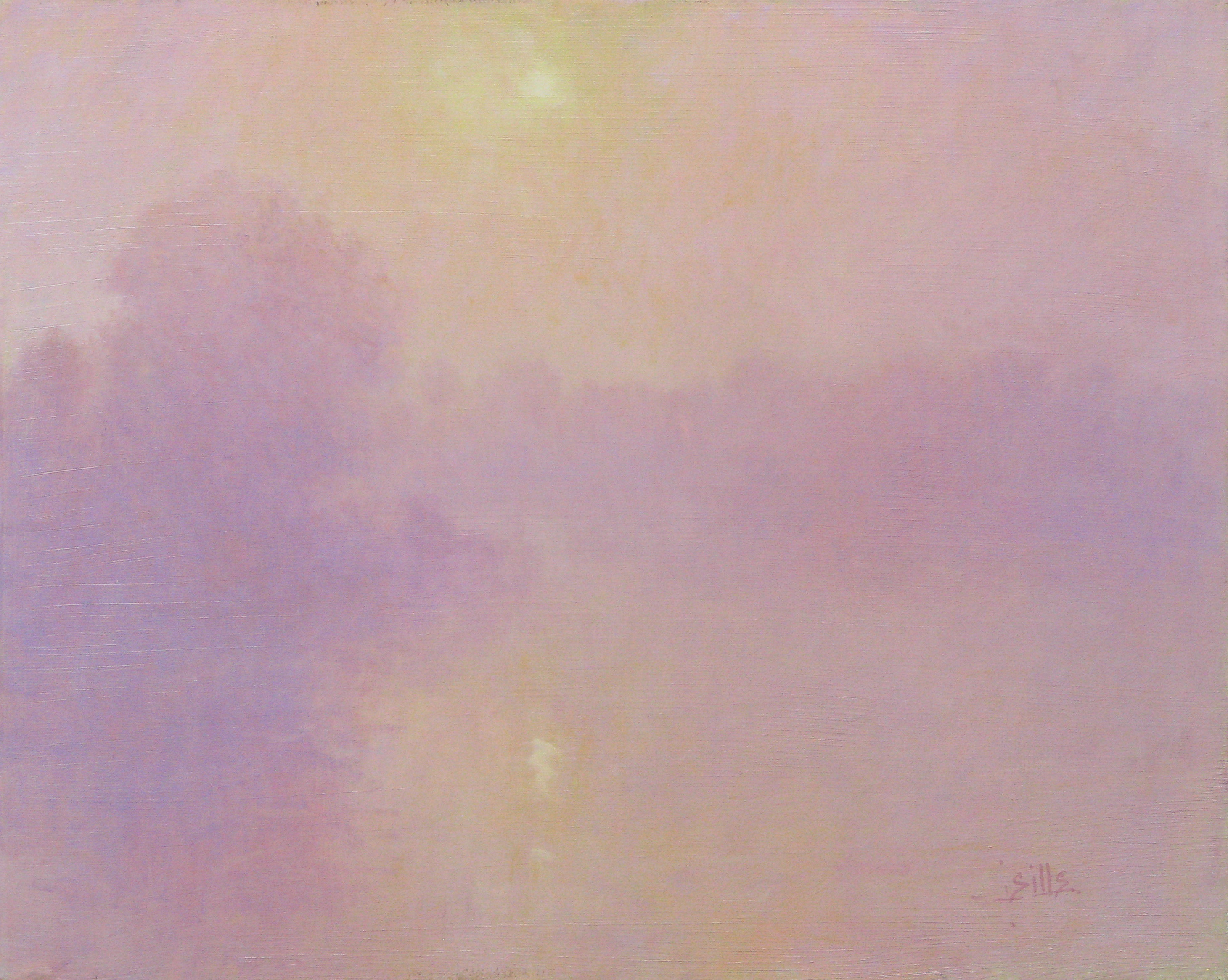“A landscape does not exist in its own right, since its appearance changes at every moment…but the surrounding atmosphere brings it to life – the light and the air which vary continually… it is only the surrounding atmosphere which gives subjects their true value.” – Claude Monet
In the 19th century, a group of French painters, known as Impressionists, began to popularize a practice of landscape painting known as painting en plein air, or the act of painting outdoors. They believed that when painting, one should paint outside, capturing details such as light splaying over fields, the sun hiding behind the horizon, trees swaying in the wind, and the reflections vibrating within the water. Impressionist painters believed in the importance of being able to study and represent the ephemeral qualities and “impression” of a landscape.

The Plein Air movement, which is still in practice today, came into prominence through painters Claude Monet, Camille Pissarro, and Pierre-Auguste Renoir. Today, Artist John Brandon Sills paints en plein air to show nature in all its forms, emphasizing certain aspects that create an awareness of man’s relationship to the environment. His landscapes exhibit the sensitivity that urges the viewer to appreciate the spiritual aspects of the land, and to actively participate in their protection, “In my plein air work, I try to capture the essence of an experience hoping to express the vitality of nature in brushstroke and color,” says Sills.

When looking at multiple of Sills’ plein air landscapes, his influence from Monet is immediately prevalent. One is reminded of Monet’s haystack series – multiple paintings all depicting the same landscape at different times of the day. The light becoming a subject of its own as it plays with the shapes and textures of the surroundings. This concept, of light as its own subject, is a foundation within this practice.

Where in some paintings a figure or an animal may take precedence, within Sills paintings we look beyond what is simply represented. In Sills’ words, “I am trying to capture a different feeling about nature… depict, express a more spiritual or symbolic or transcendental quality. Ultimately, I am trying to embrace a more abstract quality, capturing its essence rather than its image.” His paintings capture moments in time, evoking strong feelings of nostalgia, and bring about a desire to enter these scenes, to sit within these dreamy, serene setting. Sills describes his practice through these words, “I don’t want to paint the light on things. I want to paint the light that became things.”

Samu, Margaret. “Impressionism: Art and Modernity.” In Heilbrunn Timeline of Art History. New York: The Metropolitan Museum of Art, 2000. (September 2017)

